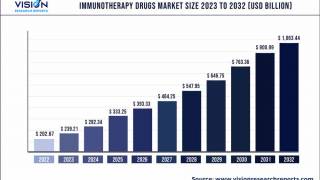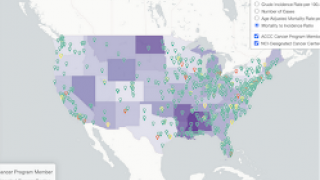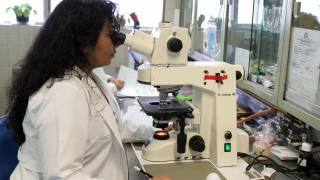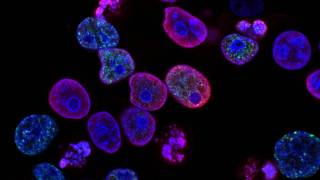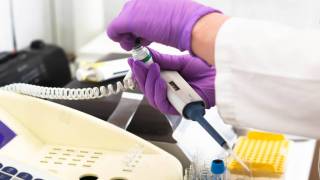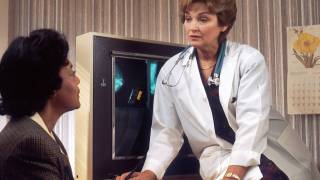Vaccinate Girls Against Cancer Before Boys

The new recommendation from the World Health Organization (WHO) vaccine committee is to 'prioritize cancer prevention in young women, ahead of young men.'
This change announced on November 22, 2019, is related to the apparent shortage of Human Papillomavirus (HPV) vaccines, which have been introduced in 41 countries around the globe.
For the prevention of cervical cancer, which is mainly caused by HPV types 16 and 18, the WHO recommends the use of any approved HPV vaccine. The 3 HPV vaccines currently in use are Cervix, Gardasil and Gardasil 9.
Following the WHO’s Strategic Advisory Group of Experts (SAGE) on Immunization meeting on October 8, 2019, the updated HPV recommendations and statements were issued:
- ‘SAGE is suggesting ‘off-label’ use of HPV vaccines.’
- ‘SAGE was deeply concerned that the current shortage of HPV vaccine could result in failure to introduce or sustain an HPV vaccination program in some countries, particularly in those with a high burden of cervical cancer.’
- ‘A more equitable, transparent global allocation of the HPV vaccine supply to countries according to public health considerations is essential, particularly for girls in low- and middle-income countries where the burden of cervical cancer is greatest.’
Furthermore, ‘SAGE called upon the WHO and its partners to convene a dialogue on global access to HPV vaccines, engaging all stakeholders, including vaccine manufacturers.’
The highlight of the new SAGE recommendations are as follows:
- The primary target population for HPV vaccination should continue to be girls aged 9–14 years, before they become sexually active, with a 2-dose schedule using an interval of no less than 6 months between the 2 vaccine doses.
- A 3-dose schedule (0, 1–2, 6 months) should be used for vaccination initiated for young women at 15 years of age and for people known to be immunocompromised or with HIV infection, regardless of whether they are receiving antiretroviral therapy.
In the context of a limited HPV vaccine supply, SAGE recommends the following additional strategies:
1. All countries should temporarily pause implementation of gender-neutral, older age group (>15 years) and multi-age cohort (MAC) HPV vaccination strategies until vaccine supply allows equitable access to HPV vaccine by all countries.
- This will significantly relieve supply constraints in the short term and enable the allocation of doses to high-burden countries that are currently planning to introduce or sustain HPV vaccination.
2. Countries may, in the context of constrained supply, consider alternative strategies to ensure that girls receive 2 doses of HPV vaccine before they become sexually active.
- Based on an analysis of efficiency, cost-effectiveness and disease impact, the following alternative strategies are recommended but will require consideration of country context and programmatic feasibility.
3. Countries could target girls who are 13 or 14 years old or in the equivalent school grade for 2-dose vaccination. The success of this approach depends on achieving high 2-dose coverage in this age group, and the initiation of sexual activity after 14–15 years.
- This type of program has challenges of reaching older girls and accurate record-keeping through vaccination registers and vaccination cards should be carefully considered.
- If the targeting of this older women cohort results in unacceptably low coverage or high drop-out rates for the 2nd HPV dose, it may be necessary to target girls aged 9 or 10 years or in the equivalent lower school grade instead.
4. Countries could adopt an extended interval of 3-5 years between the 2 doses, with the 1st dose being given to younger girls, such as those aged 9 or 10 years or in the equivalent lower school grade, and the 2nd dose to 13–14-year-old girls or in the equivalent higher school grade.
- Adoption of this approach will require careful consideration of programmatic challenges to achieving high 2-dose coverage, strong communications, accurate record-keeping in vaccination registers and vaccination cards and the assumption of a low risk of exposure to HPV infection between doses 1 and 2.
- Countries should consider the median age of sexual debut and the availability of tools to track the administration of dose 2 before using such a strategy.
5. Any country with a stock-out of HPV vaccine should maintain good records of coverage and ensure that girls who were missed are vaccinated as soon as the vaccine becomes available
In conclusion, SAGE said in this statement that it ‘welcomes the ongoing and planned trials of single-dose HPV vaccination schedules, as they will inform future policy recommendations.’
‘SAGE also welcomed studies of the outcomes of different vaccination schedules, including for special populations such as those with a high prevalence of HIV infection or at risk for HIV acquisition.’
As of December 3, 2019, the US Centers for Disease Control and Prevention (CDC) has not adopted these SAGE recommendations. The CDC recommends 2 doses of the HPV vaccine for all 11–12 year-olds in the USA.
The CDC says about 80 percent of people in the USA will get an HPV infection in their lifetime since there are over 100 types of HPV.
While preventing cervical cancer in women is very important, recent research indicates throat and neck cancers (Oropharyngeal) have become the most common cancer attributable to HPV.
HPV related oropharyngeal cancers are found in both men and women in the back of the throat, including the base of the tongue and tonsils.
According to a CDC study published on August 22, 2019, there were more HPV related oropharyngeal cancer (12,600) cases than cervical cancer (9,700) during a 5-year study.
And, over 120 million doses of the HPV vaccine have been distributed in the USA since the vaccine was licensed, and updated research data continues to show the vaccine is safe and effective. Since late 2016, Gardasil 9 has been the only HPV vaccine available for use in the USA.
The CDC’s current HPV vaccination guidelines can be found here.
The CDC continues to say that all vaccination decisions should be made in consultations between patients and certified healthcare providers.
HPV Vaccine news published by Precision Vaccinations
Our Trust Standards: Medical Advisory Committee


